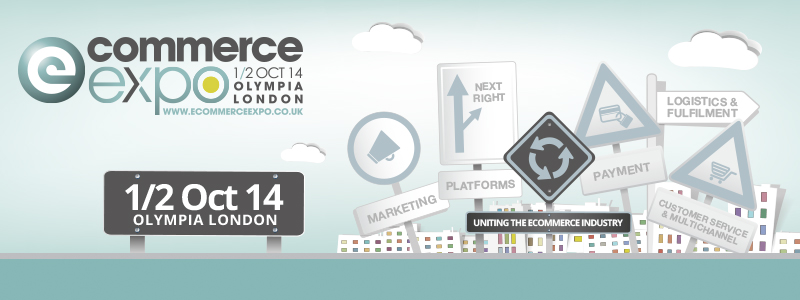There now is a 3D printing section at most aerospace and manufacturing fairs, automotive and design shows as well as at medical and dental conferences and events. What about a 3D printing focus area at eCommerce Expo, London’s leading eCommerce event?
Of course there will be one. 3D printing and eCommerce are inextricably linked as one represents the only possible future for an even more personalized shopping experience, where the boundaries between physical and virtual seamlessly blend together.
The Technology and the Consumer of the Future area of the eCommerce Expo (taking place at Olympia London on October 1st and 2nd) will show how small and even large participating companies such as Google, Facebook, Paypal and Tesco develop their eCommerce strategies and how they might – or have – implemented new technologies to help maximize customer interactions and online retail experiences.
The area will host a wide variety of such technologies and show how they are all intertwined in the eShopping experience. Augmented reality, 3D body scanning and Google Glass based tools are used to create the immersive virtual 3D experience, while 3D printing and personalization technologies translate it and transfer the personal digital experience to the real, physical 3D world.
These will all co-exist with digital wallet and iBeacon solutions to digitalize, simplify and personalize both virtual and physical payments, while location based targeting technologies will further thin the lines separating cyber and real space.
In the end, though, 3D printing is a perfect fit as it has brought about an explosion of eCommerce innovation: there are hundreds of model marketplaces, online and cloud based 3D printing services, online 3D printed items shops, hardware and makers eShops (including highly innovative networks such as Thingiverse, Cubify or Adafruit) At the same time it has also brought about a revival of the physical, specialized store, since what 3D printing generally sells is physical products, both 3D printing hardware and 3D printed items.
A dedicated area might suffice for now, but in a few years there might be a need for a full 3D printing eCommerce show, with an area dedicated to all the other services.



